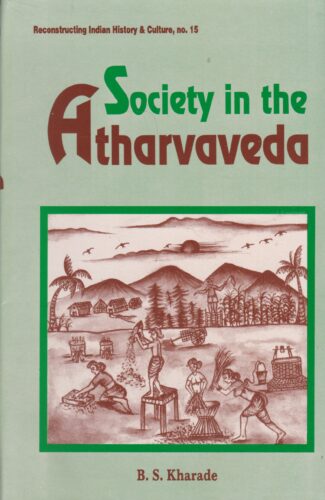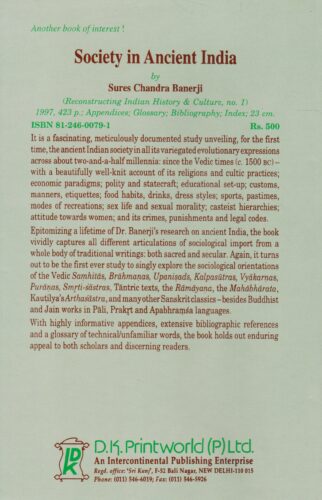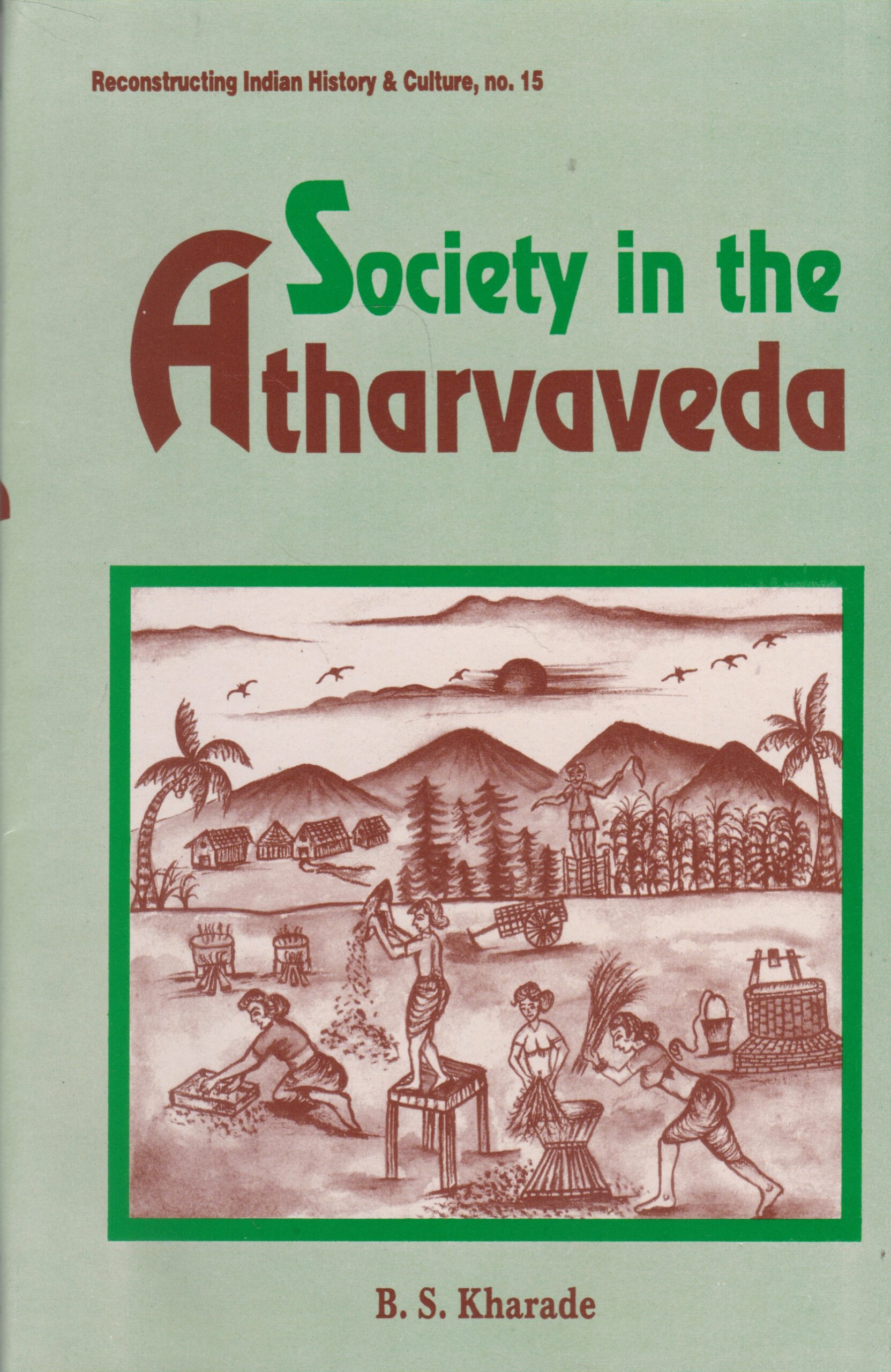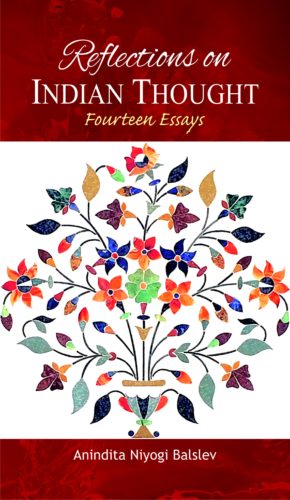

Society in the Athar...
Society in the Atharvaveda
by: B.S. KharadeThe Atharvaveda delineates the life of the common man in ancient Indian village community. The book focuses on farming and cattle breeding, crafts, religion, daily preoccupations and fashions, role of women and their problems, etc.
Original price was: ₹225.00.₹203.00Current price is: ₹203.00.
ISBN: 9788124600931
Year Of Publication: 1997
Edition: 1st
Pages : xvi, 160
Bibliographic Details : Appendices; Bibliography; Index
Language : English
Binding : Hardcover
Publisher: D.K. Printworld Pvt. Ltd.
Size: 23 cm.
Weight: 650
Of the Vedas the Atharvaveda, the Veda of the masses, is unique. Unlike the Rig, Sama and Yajur Vedas, the Atharvaveda delineates the life of the common man in the ancient Indian village community the village farmer, craftsman and others who formed the core of the agriculturist society of the time. Modern scholarship has focused much on the vedatrayi but little has been written on the Atharvaveda. Society in the Atharvaveda not only attempts to address the dearth of scholarly studies on the Atharvaveda but it is also perhaps, in recent years, the first ever study of the Atharvaveda from the point of view of the common people. The Atharvavedic verses throw light upon a wide range of themes and all these are discussed here: topics from farming and cattle breeding, village crafts, religion, daily preoccupations and fashions of the people, role of women and their problems in day-to-day life, crime and degenerative practices like adultery and gambling, to trade and travel means and routes, loan facility, taxation, political administration and mans response to his environment. The author traces this Veda as the source of many traditional folk songs that are sung even today by the common man at work in the villages. This systematic survey dispels the widespread notion that the Atharvaveda is subordinate to the vedatrayi; rather the author shows that it occupies an unrivalled importance in Vedic literature largely owing to its preoccupation with the life of the people at large. The book abounds with Atharvavedic verses; a number of verses are cited to bring out each and every aspect of common life and living. With meaningful appendices, this scholarly work would provide interesting and useful research and reference material to Vedic scholars especially those keen on studying the Veda of the masses in a fresh perspective.
Preface
Abbreviations
Transliteration Chart
1. Introduction
The Atharvaveda
Relegation of the AV
2. Economic and Political Life
Agriculture
Cattle-Breeding
Trade
The Loan Facility
Taxation
The Village Craftsman
Other Workers
The Politcal Institutions
3. Social Life
The House
Food and Drinks
Clothes, Hair-Style and Make-Up, Ornaments
Fairs and Festivals
Bad Habits and Practices
Violence in Society
Religion and Worship
Folk Literature and Songs
Interaction Between Various Groups
4. Feminine Life
Birth of a Girl
From Childhood to Marriage
Marriage Settlement
Marriage-Ceremony
Problems Before a Newly-Married Wife
The Womans Work
Motherhood
Matriarchy
Polygamy
Relation Between Man and Woman
Widowhood
The Problem of Abandonment
5. The AV on Environment
The Natural Environment
The Cultural Environment
Appendices
Appendix 1: Vedic Mantras in Sanskrit Literature — The Olde Age (2500-0 bc Approximately)
Appendix 2: Vedic Mantras in Sanskrit Literature — The Middle Age (ad 1-1700 Approximately)
Appendix 3: Subject Wise Contribution of the AV-Seers
Appendix 4: India In the Atharvavedic Time — Some Rivers, Regions and Tribes
Bibliography
Index







